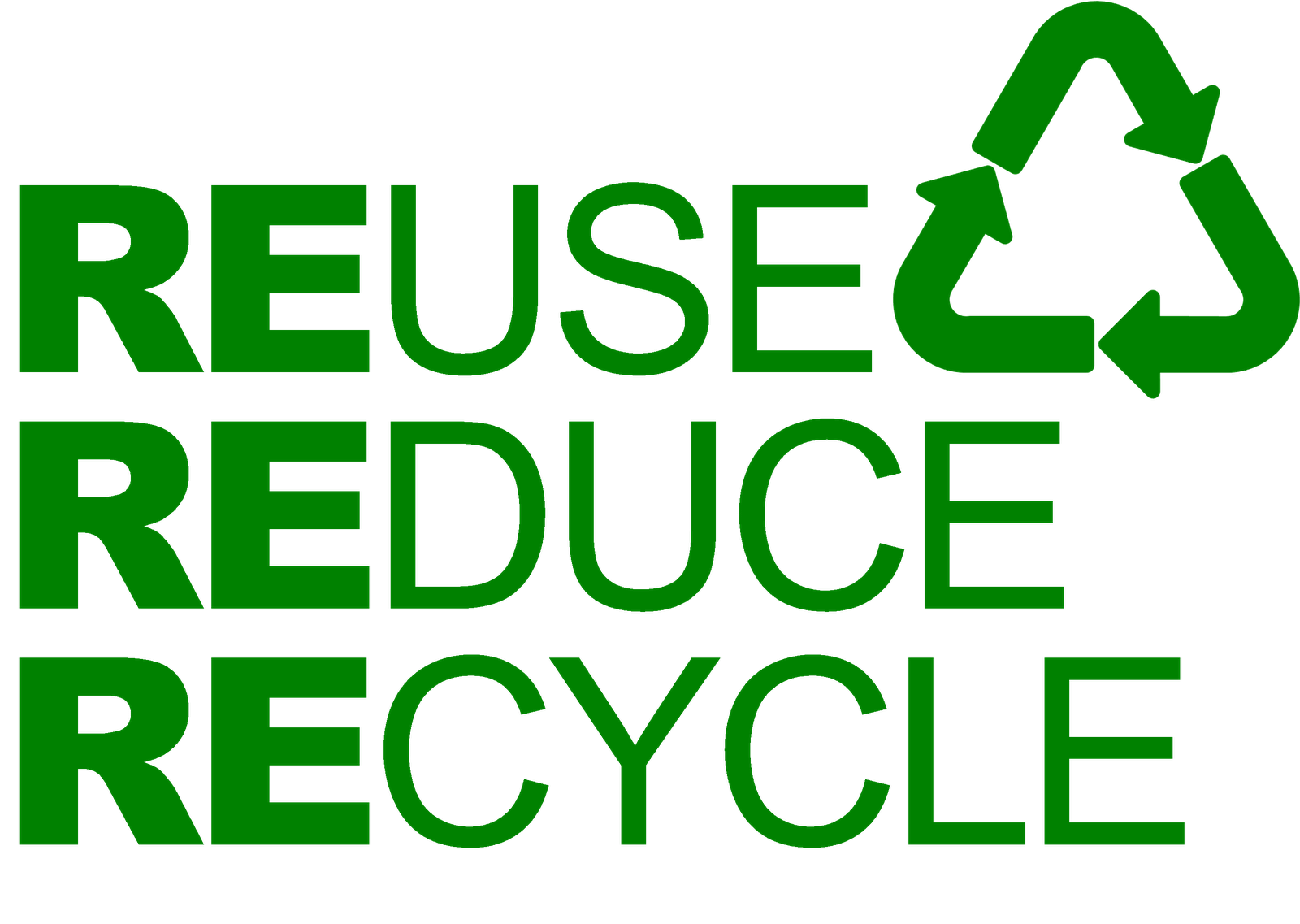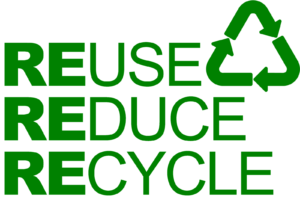
10 Oct EcoAction Partners: 20 Ways to Reduce Carbon Footprint
We curated the following blog post about “20 Ways to Reduce Your Carbon Footprint” from Telluride’s green conscious, EcoAction Partners. All suggestions are based on information from the US Department of Energy and the Environmental Protection Agency (or noted). For more ways about how to be good and green in the Telluride region, go to EcoAction’s website.

- Replace your incandescent and halogen light bulbs with CFLs or LEDs. The US Department of Energy estimates that widespread use of LED lighting has the greatest potential impact on energy savings in the United States. By 2027, widespread use of LEDs could save about 348 Terawatt Hours (compared to no LED use) of electricity: This is the equivalent annual electrical output of 44 large electric power plants (1000 megawatts each), and a total savings of more than $30 billion at today’s electricity prices. (A Terawatt is a trillion watts). Another benefit of LED lighting includes a 10 – 25 year lifespan depending on commercial or residential applications, so they save time and the cost and inconvenience of replacing bulbs!
- Stop your junk mail. More than 4 million tons of junk mail are produced yearly. Over 50 percent of this unsolicited mail ends up in landfills annually. It is estimated that the energy used to produce, deliver and dispose of junk mail produces more greenhouse gas emission than the annual emissions from 2.8 million cars. Stop your junk mail: as you receive catalogs call each company and ask to be removed from their mailing lists and not to share your name in the future. There are a variety of websites that provide this service for you, for example, www.41pounds.org will remove you from mailing lists for a small fee.
- Don’t over-heat your home. According to Conservation Volunteers, a difference of 1 degree can reduce energy consumption (and associated greenhouse gases) by up to 10%. Set the temperature as low for heating as you can. Only heat the rooms you are using and don’t leave the system running when you are not home. Dress for the weather; put on a sweater!
- Weather-strip and caulk air leaks, and insulate windows with plastic sheeting, insulating blinds, or curtains. The U.S. Dept. of Energy estimates that during the winter up to 25% of a home’s heating energy is lost through its windows. Significant heat is lost through windows, doors, electrical sockets, and other holes and cracks. Weather-stripping, caulking, and insulating air leaks improves the comfort of your home and saves you money.
- Unplug all electronics and appliances when you’re not using them, or use a power strip to easily turn off multiple electronics at once. “Phantom loads”, meaning electronics that are not in use but plugged in and drawing power, make up about 6% of our residential electricity consumption. Be wary of any computerized electronics and appliances; they pull electricity even when not in-use. Put these items on a power-strip to turn off completely.
- Make your commutes by carpool, walk, bike, bus or gondola, instead of driving. According to the EPA, in 2012, greenhouse gas emissions from transportation accounted for about 28% of total U.S. greenhouse gas emissions, making it the second largest contributor of U.S. greenhouse gas emissions after the Electricity sector. The largest sources of transportation-related greenhouse gas emissions include passenger cars and light-duty trucks, including sport utility vehicles, pickup trucks, and minivans. These accounted for over half of the emissions from the transportation sector. If one million people replaced a five-mile car trip once a week with a bike ride, we’d reduce CO2 emissions by about 100,000 tons per year.
- Lower the setting on your water heater and install an insulating jacket. OR replace your water heater with an on-demand water heater, or a more efficient appliance and receive SMPA & SourceGas rebates! Water heating requires a significant amount of your overall home’s energy. Insulating your water heater can reduce heat loss by 25-45% and helps save money.
- Take a 5 minute (or less) shower and install low flow shower heads. As mentioned, water heating requires a significant amount of energy so limiting your hot water use saves energy. The average showerhead uses 2.5 gallons of water per minute; low-flow shower heads use 1.6 gallons or less. Other ways to limit greenhouse gases associated with water heating include washing clothes on the cold cycle and turning your hot water heater off if you are going away for more than a few days.
- Avoid single-serving beverages packaged in glass and plastic bottles. Glass is a difficult commodity to recycle due to weight, breakage that contaminates other materials, and low market value. Plastics account for 13% of the municipal solid waste stream, but the recycling rate for different types of plastic varies greatly, resulting in an overall plastics recycling rate of only 9 percent, or 2.8 million tons in 2012. However, recycled plastic requires only 1/10 of the energy needed to create new plastic. Instead, fill your re-usable “growler” locally at Telluride Brewing or Smugglers Brew Pub.
- Follow your local recycling rules and recycle everything you can, including electronics, batteries, light bulbs, and more. All of our electronics, appliances, Christmas lights, and more, contain valuable metals, which can be reused. Additionally, some electronics contain lead and mercury, which are dangerous to human health and the environment, and require proper handling. Recycling electronics helps satisfy the global demand for certain metals reducing new mining projects. For more information see EcoAction Partners local recycling guide!
- Choose to buy items with smart packaging or buy in bulk to reduce packaging waste. According to the EPA, containers and packaging amounted for 72 million tons of the United States municipal solid waste stream in 2009. Transporting waste creates a significant amount of greenhouse gas emissions. Buy in bulk wherever possible and demand that the products you buy use smart packaging or don’t buy it.
- Bring your own to-go-ware and silverware to coffee shops & restaurants. It takes 3.2 grams of fossil fuel to make a single Styrofoam coffee cup, of which Americans throw away 25 billion annually. Don’t add to the problem of transporting more waste to the landfill; bring your own reusable cup for coffee and re-usable metal silverware instead of single-use plastic.
- Repair old clothing instead of buying new items. The creation, transportation and purchase of new clothing creates approximately 3% of global carbon emissions. Shop in the FREE BOX or Second Chance Thrift Store!
- Choose to buy an item locally or don’t buy it at all. Shipping burns fuel, a 5 pound package shipped by air across the country creates 12 pounds of carbon dioxide emissions. See EcoAction Partners’ local holiday gift suggestion tips for avoiding winter holiday excess.
- Use re-usable rags instead of paper towels, tissues, and napkins. The average person uses about 55 pounds of tissues per year and 13 billion pounds of paper towels are used in the U.S. every year. This creates unneeded waste filling landfills and the associated greenhouse gases from manufacturing and transporting these products.
- Don’t waste food. Compost it. In 2010, over 33 million tons of food reached landfills in the U.S. – equivalent to half a pound per person per day – or enough food to fill the Rose Bowl Stadium every day. About 1/4 of all the food prepared annually in the US gets tossed in the trash, producing methane in landfills as well as carbon emissions from transporting wasted food. The damaging environmental effects of wasted food start with food rotting in landfills, which releases methane, a greenhouse gas (GHG) 21 times more potent than carbon dioxide. Composting saves the transportation of food to landfills and allows food to decompose aerobically avoiding the creation of methane gas.
- Eat and buy local and/or sustainable grown food and consider eating less meat. If one million people switched to locally produced food for a year, up to 625,000 tons of carbon dioxide would be eliminated. Livestock, at 18% of total emissions, add more greenhouse gases to our atmosphere than motorized transportation!
- Hang your clothes to dry instead of using the dryer. The average family uses the clothes dryer 400 times per year. The energy consumed by a dryer ranges from 1800 to 5000 watts per hour, or 1.8 to 5KwH, which is approximately 3.5 – 10 pounds of CO2 created per load. If all Americans used a clothesline or wooden drying racks, the savings would be enough to close several power plants.
- Switch to non-toxic cleaning supplies. A typical household consumes 40 pounds of toxic cleaning products each year. 69% of US stream water samples contained detergent metabolites and 66% contained disinfectants.
- Spread the word! Calculate your personal carbon footprint and try to lower it. The Wilkinson Public Library has a handy tool available for check-out to assess the electricity requirements of your household appliances. Talk with family and friends about their carbon footprints or ask companies what they are doing to reduce and offset!


Sorry, the comment form is closed at this time.